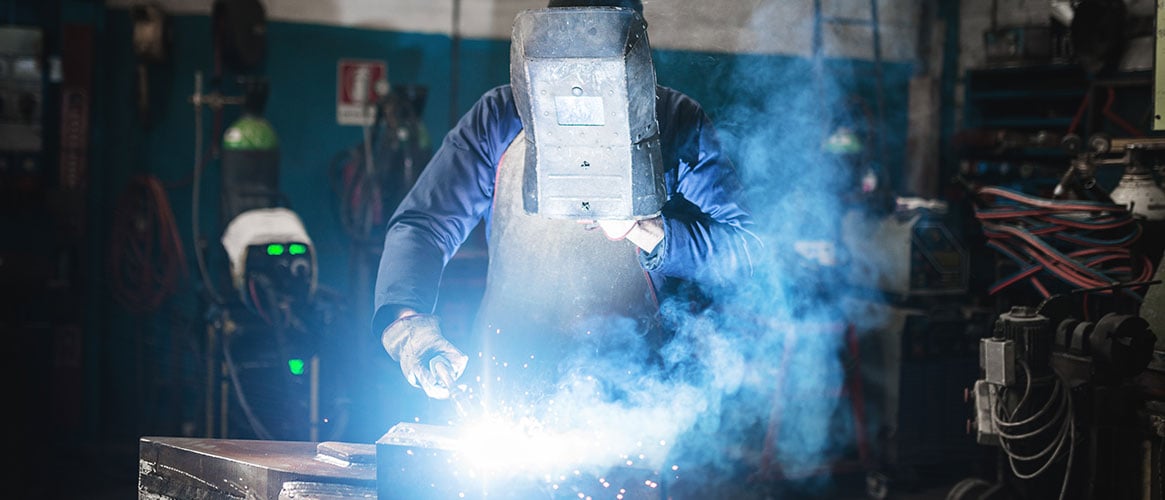Hot work includes spark and high heat producing job tasks such as grinding, welding, soldering, thermal or oxygen cutting or heating. To prevent injuries and workplace fires, advanced planning and safe work procedures are essential. Here are steps your employees can take to help maintain a safe workplace.
Training and awareness
Get training on hot works tools and processes. Know how to assess the fire risks, prevent fires, extinguish fires, and activate emergency response that includes procedures for evacuating the building. Designated firewatchers should be trained on all procedures.
Get a hot work permit
Hot work may be required in different areas inside and outside buildings, where extra precautions are needed to prevent fires. A hot work permit is required for onsite work and includes a safety checklist. The permit identifies a specific person responsible for surveying the worksite, tools, and materials before any work begins.
Work in the proper location
Hot work should be conducted in a designated area designed to accommodate sparks and high heat. The area should be:
- Isolated from flammable and combustible materials
- Have a solid, flame-proof floor with no cracks or openings
- Have adequate ventilation
- Protected with welding and warning screens that limit access
- Be labeled with warning signs
Prepare the job site
The work area needs to be safe for an ignition source with all flammable vapors cleared out. Work in a confined space requires an additional permit. Combustible materials need to be moved away from the work area or shielded and protected from the hot work. Any floor cracks or openings and wall or ceiling openings within 35 feet of the hot work need to be covered with flameproof shields or protected by a fire watch. Warning signs, barriers, and welding screens are required.
Wear proper PPE
Appropriate personal protective equipment (PPE) is essential for hot work activities to protect workers from heat and sparks. Proper PPE may include:
- Tinted eye protection
- Face shield
- Fire-retardant clothing
- Gloves
- Welding vest
Fire prevention and response
Hot work should not be done in buildings with disabled sprinkler fire suppression systems unless the work is required on the system itself and a fire extinguisher must be readily available at the worksite.
Firewatchers watch for fires during hot work operations and at least 30 minutes after, or until the fire risk is gone. They must be assigned to the job if there are combustibles or wall/floor openings within 35 feet of the hot work area, or near metal building parts that may ignite by conduction or radiation. If it’s necessary to watch multiple areas for fire risks, additional firewatchers should be posted.
Firewatchers should extinguish fires immediately if it is safe to do so. They must stop work when fire risk is too high or evacuate the building if a fire occurs. They should be familiar with the building safety systems, emergency contacts, and rescue procedures.
By following these guidelines, you can significantly reduce the risk of fires and injuries associated with hot work activities.
